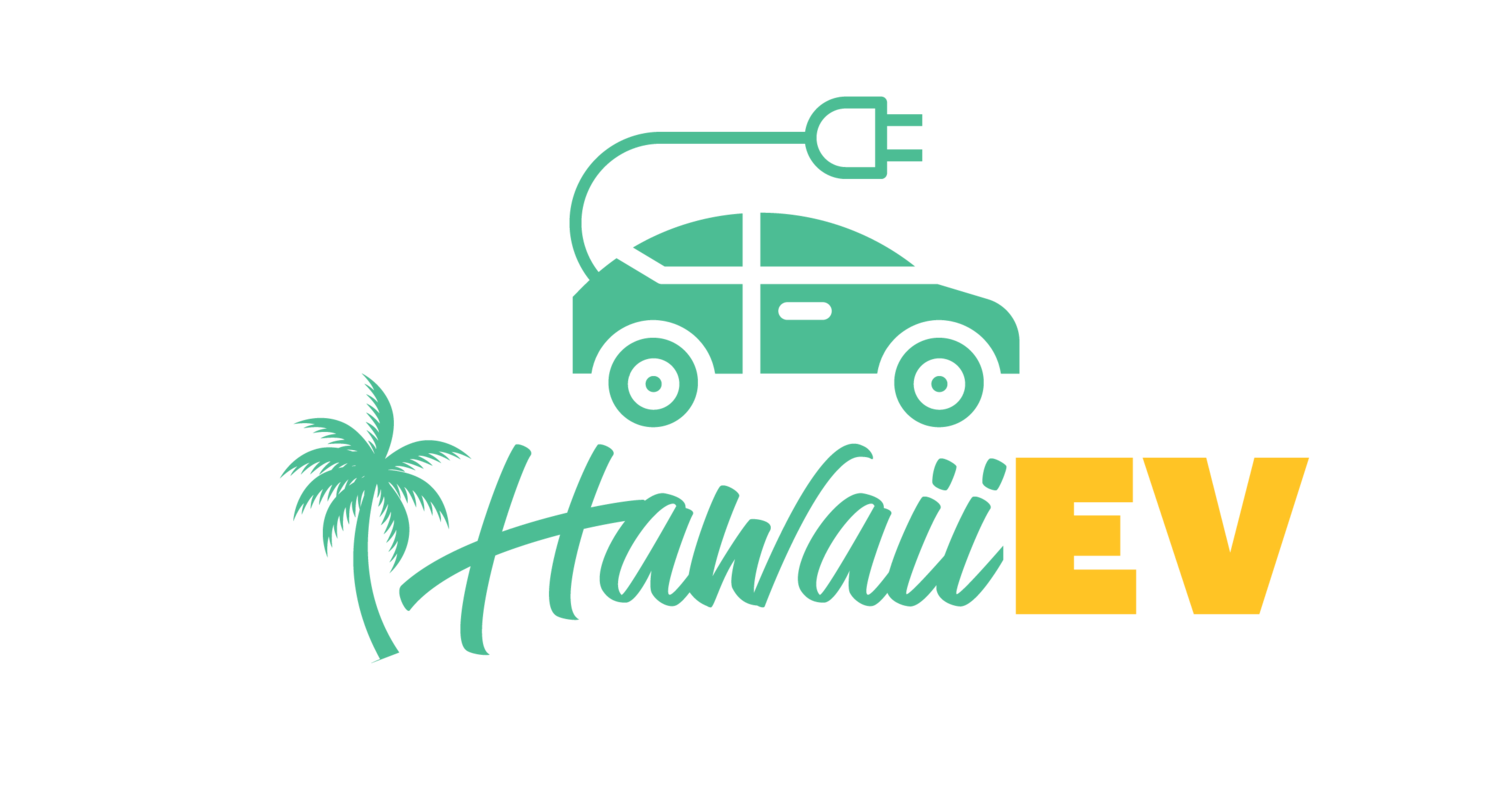Hawaii’s ranking among states in the electrification of transportation
The transportation sector is a key contributor to planet-warming emissions and our climate crisis. It contributes significantly to air pollution that is harmful to our health and well-being. To combat these issues, we must aggressively transition from gas or diesel-burning cars to tailpipe-free electric vehicles (EVs). Of course, there are other strategies that should be employed, including reducing or eliminating the need to drive a car. However, for many, personal vehicles will continue to be necessary and EVs are currently the best solution.
There are several barriers to EV adoption, e.g., prices, inadequate charging infrastructure, public misconceptions, and consumer unawareness. These need to be addressed in order for more people to move away from gas cars and we have to rely on meaningful policies and interventions to speed things up.
How are we doing?
How is Hawaii doing on its transition to clean transportation? How do we compare to other states? What must we do to accelerate our progress?
These and related questions are addressed in the American Council for an Energy-Efficient Economy (ACEEE) State Transportation Electrification Scorecard. This report documents the progress made by each state in its efforts to expand EV adoption. The assessment measures each state’s performance across a number of policy areas:
Planning and goal setting - action plans for the electrification of transportation (EoT), targets for EV adoption, and charging infrastructure.
Incentives - financial and non-financial incentives for EV purchases and charging infrastructure.
Transportation system efficiency - effectiveness in addressing emission-reduction and enabling equitable access to clean transportation.
Electricity grid optimization - support for reliable and affordable EV charging and effectiveness in deploying a clean energy grid.
Equity - ensuring clean transportation access to lower-income communities.
Outcomes - actual progress on EV adoption, EV infrastructure build-out, and emission reduction.
Hawaii ranked 11th place. We scored high in the Electricity Grid Optimization category and we have clear weaknesses in the Transportation System Efficiency and Equity categories. Here are Hawaii’s scores. The overall ranking is promising but we’ve got a lot of room to improve - our total score of 40.5 pales in comparison to California’s 91.
Source: ACEEE Scorecard
EV adoption in Hawaii is accelerating (the December 2020 count was a 42% increase over December 2019 - DBEDT Energy Trend Report) but EVs still make up less than 2% of Hawaii’s 1.2 million passenger vehicle fleet. We have much work to do to electrify our transportation fleet and enable our residents to enjoy the economic, health, and environmental benefits that EVs offer.
We hope that these realities will inspire our representatives to pass meaningful clean transportation legislation in the current Hawaii State legislative session. There are several EV-related bills that have been introduced and some have the potential to address significant barriers to adoption and accelerate our transition to electric vehicles.
Let’s keep kicking gas.

